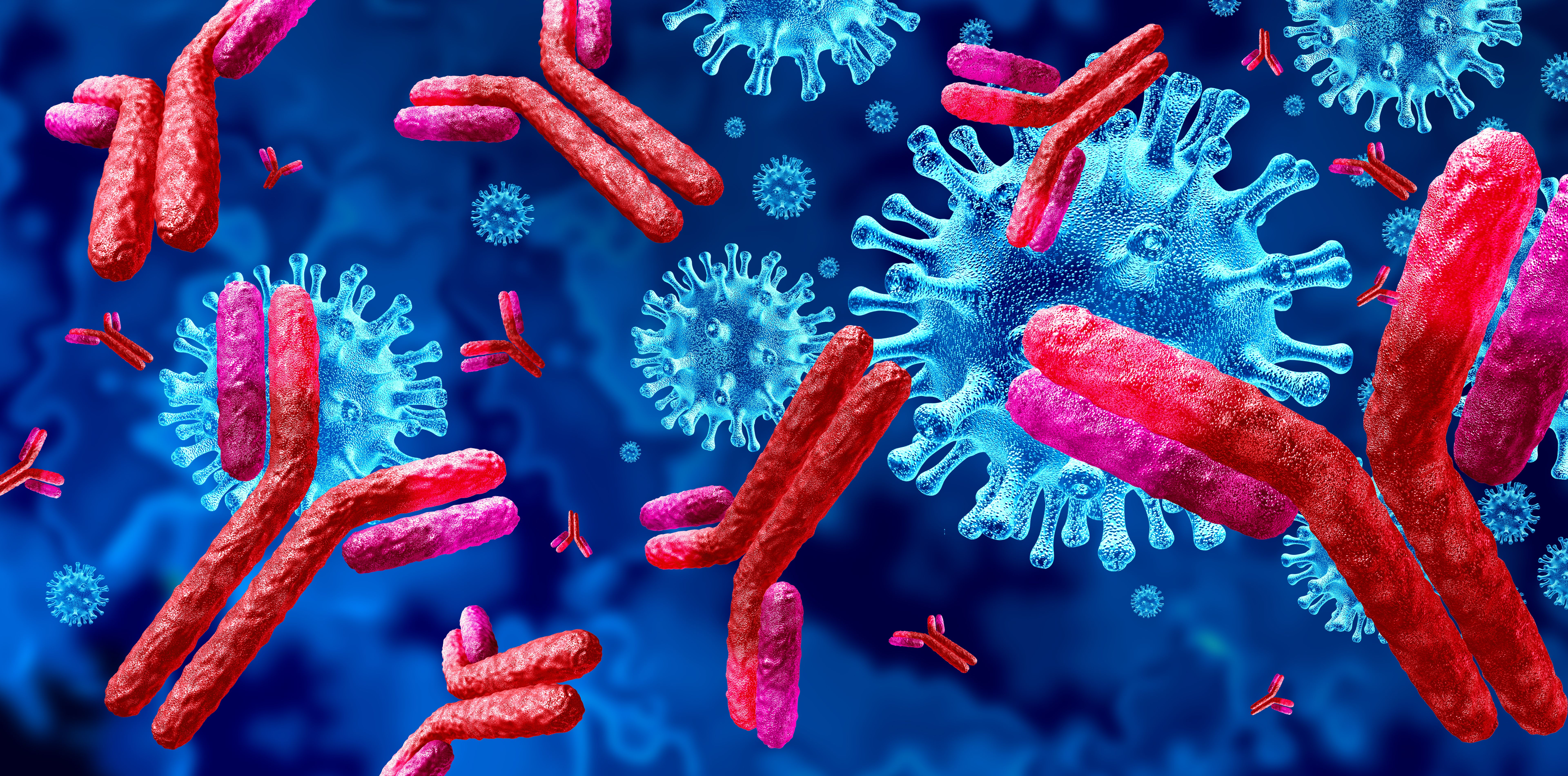News
Article
Researchers Identify Potential IO Targets in AML Through Surfaceome Analysis
Author(s):
By analyzing the surface proteome of a wide-ranging sample of acute myeloid leukemia (AML) specimens, researchers identified potential antigens and primitive cell markers representative of AML supgroups.
Hoping to bring more immunotherapy-based options to patients with acute myeloid leukemia (AML), researchers have identified potential targets across the heterogenous disease.1 By analyzing the surface proteome of a wide-ranging sample of AML specimens, the researchers identified potential antigens and primitive cell markers representative of subgroups of AML. Their findings were published in Cell Reports.
Immuno-oncology concept | image credit: freshidea - stock.adobe.com

“This study describes a powerful approach for the discovery of antigens and markers in AML now publicly available to the scientific community through LASA and exploiting the largest surface proteome dataset of primary human AML specimens reported to date,” wrote the researchers. "Importantly, this study provides insight on AML heterogeneity at the surfaceome level, identifying several antigens and potential LSC [leukemic stem cell] markers characterizing AML subgroups, and highlighting immunotherapeutic strategies with the potential to overcome the diversity of clinical responses observed for the different AML subgroups.”
While other cancers, including hematological malignancies like multiple myeloma and chronic lymphocytic leukemia, have benefitted from the advent if cancer-specific immunotherapies over the last few decades, use of the treatment approach has faced more barriers in AML, with just 1 immunotherapy approved for the disease.2
For their analysis, the present researchers chose cell surface protein identification due to the higher confidence of cell surface localization provided by surface proteomics compared with transcriptomics or global proteomics.1
Using 100 primary human AML specimens representing 13 subgroups of AML from the Leucegene collection, the researchers found 19 new antigens that already have approved targeted antibodies or are under investigation for other indications. The overwhelming majority of these, explained the researchers, have demonstrated safety in phase 1 trials and some of which have reached phase 3.
“When considering the expression profile of all 32 pan-AML antigens at the protein and mRNA levels, CD47, CD37, ITGA4, VSIR, and CD74 represent the most promising candidates for immunotherapeutic targeting based on our results. Apart from CD47, targeted by magrolimab, actively tested in two ongoing phase [3] AML trials, these antigens are not currently investigated in AML. ADC AGS67E targeting CD37 demonstrated safety in phase [1] clinical testing in relapsed and refractory lymphoid malignancies; however, the phase [1] trial in AML was terminated.”
Among the other candidate, AGS67E has showed antitumor activity in AML PDX models, CD37 expression has been linked to inferior outcomes in the disease, and VSIR has shown correlations with poorer survival in patients with the disease as well as progression from myelodysplastic syndrome to AML.
Overall, the surface protein annotation tool (SPAT) identified approximately 2,000 proteins per specimen sample, about 400 of which had a SPAT score of ≥8, the predetermined confidence level for surface protein identification. These samples had SPAT scores of ≥8 regardless of subgroup. The identified proteins were then categorized based on the proportion of specimens they were identified in, in order to differentiate between pan-AML and AML subgroup markers.
Three potential pan-AML candidate antigens without approved targeted antibodies or currently under investigation in phase 2 or 3 trials were identified. The antigens MILR1, CTSG, and CD180, were minimally expressed in essential organ tissues and normal HSCs, T cells, and in platelets.
References:
- Bordeleau M-E, AudemardÉ, Métois A, et al. Immunotherapeutic targeting of surfaceome heterogeneity in AML. Cell Reports. Published online June 4, 2024. doi:10.1016/j.celrep.2024.114260
- FDA approved gemtuzumabozagamicin for CD33-positive AML. FDA. Updated September 1, 2017. Accessed August 22, 2024. https://www.fda.gov/drugs/resources-information-approved-drugs/fda-approves-gemtuzumab-ozogamicin-cd33-positive-aml





